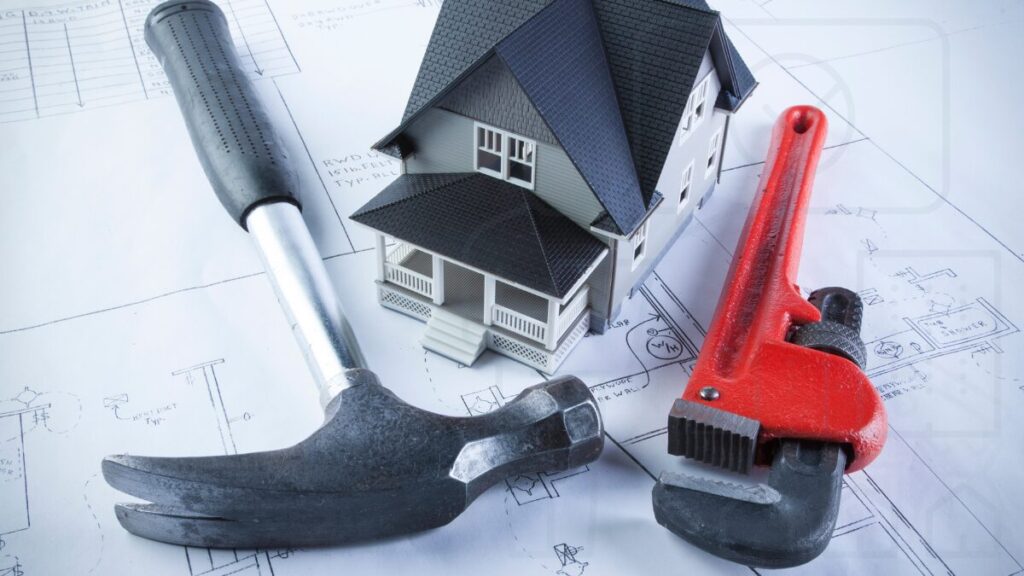Commercial real estate relies heavily on leasehold renovations to adapt rental spaces to tenants’ unique requirements. Adapting the facility to the specific requirements of the tenant’s business is an important aspect of commercial leases. What follows is an in-depth analysis of commercial leasehold improvements, including their definition, various forms, payment possibilities, legal requirements, and potential process streamlining strategies for both landlords and tenants.
Key Takeaways:
- Commercial leasehold improvements include any alterations to a rented property, no matter how little or extensive.
- They can be classified into minor improvements, major improvements, and custom buildouts tailored to specific business requirements.
- Improvements can be financed through tenant-funded, landlord-funded, tenant improvement allowance (TIA), rent abatement, or shared costs arrangements.
- Key considerations include detailed lease agreement clauses, approval processes, compliance with regulations, insurance, and maintaining clear communication and documentation throughout the improvement process.
What Are Commercial Leasehold Improvements?
The process of preparing a facility for a tenant’s economic activity may involve minor cosmetic tweaks or major structural changes. Common examples include installing partitions, lighting, custom cabinetry, HVAC systems, flooring, and specialized equipment.
Types of Leasehold Improvements
- Minor Improvements: These include cosmetic changes such as painting, carpeting, and installing new fixtures. They are typically low-cost and quickly implemented.
- Major Improvements: These involve significant modifications like adding walls, changing electrical layouts, or installing specialized plumbing. Such improvements often require building permits and adherence to local building codes.
- Custom Buildouts: Tailored to specific business needs, such as a commercial kitchen for a restaurant or laboratory spaces for a research facility. These are highly specialized and generally more expensive.
Financing Leasehold Improvements
There are several ways to finance leasehold improvements:
- Tenant-Funded: The tenant pays for all improvements. This situation frequently occurs when a landlord is dubious that a tenant’s proposed improvements will increase the property’s worth, despite the tenant’s express demands to the contrary.
- Landlord-Funded: The landlord agrees to pay for the improvements, often recovering the costs through higher rent over the lease term. This can attract tenants by reducing their upfront costs.
- Tenant Improvement Allowance (TIA): The landlord provides a specified allowance for improvements. If costs exceed this allowance, the tenant covers the difference. This approach balances the financial burden between landlord and tenant.
- Rent Abatement: Instead of direct financial assistance, the landlord may offer a period of reduced or free rent to offset the tenant’s improvement expenses.
- Shared Costs: Both parties share the costs of improvements, which is negotiated in the lease agreement.
Legal and Contractual Considerations
- Lease Agreement Clauses: The lease should explicitly state who is responsible for the costs of improvements, the extent of permissible changes, and ownership of these improvements at the end of the lease.
- Approval Process: Most lease agreements require the tenant to obtain the landlord’s approval before making any improvements.
- Permits and Compliance: Both landlords and tenants must ensure that all necessary permits are obtained before commencing any work. Improvements must adhere to local building codes, zoning laws, and safety regulations. Non-compliance can result in fines, legal issues, and the need to undo the work.
- End of Lease Terms: It is essential to specify what happens to the improvements at the lease’s end.
- Insurance and Liability: The lease should address insurance coverage during and after the construction period. It should specify who is liable for any damages, injuries, or losses that occur as a result of the improvements.
- Maintenance and Repairs: The lease should outline the responsibilities for maintaining and repairing the improvements. Typically, the tenant is responsible for the upkeep of the improvements they have made, ensuring they remain in good condition throughout the lease term.
Best Practices for Leasehold Improvements
- Clear Communication: Maintain open lines of communication between landlord and tenant throughout the planning and execution phases to avoid misunderstandings and disputes.
- Detailed Planning: Invest time in thorough planning and design to meet the tenant’s needs while staying under budget and making the renovations on schedule.
- Professional Assistance: Engage qualified architects, contractors, and legal professionals to ensure high-quality workmanship and adherence to legal requirements.
- Regular Inspections: Conduct regular inspections during the construction phase to ensure the work progresses according to plan and meets all agreed specifications.
- Documentation: Keep detailed records of all communications, approvals, expenses, and modifications to ensure accountability and provide a reference in case of disputes.
FAQs on Commercial Leasehold Improvements
1. Who typically pays for commercial leasehold improvements?
- The responsibility for paying for leasehold improvements can vary. It may be the tenant, the landlord, or both through arrangements such as a tenant improvement allowance (TIA) or shared costs.
2. What happens to the leasehold improvements at the end of the lease term?
- The lease should state whether the renter is required to return the property to its original state or if the improvements can be kept after the term ends. In some cases, the landlord may take ownership of the improvements without additional compensation to the tenant.
3. Are permits required for leasehold improvements?
- Yes, permits are often required for leasehold improvements, especially for significant modifications.
Conclusion
It is critical to enhance the practicality and beauty of a business leasehold property in order to make rental spaces better suit tenants’ desires. Both landlords and tenants might benefit from a better understanding of leasehold improvements, including the many types, available financing choices, and important legal issues. To reach mutually beneficial results, it is crucial to communicate clearly, plan thoroughly, and have competent supervision.
